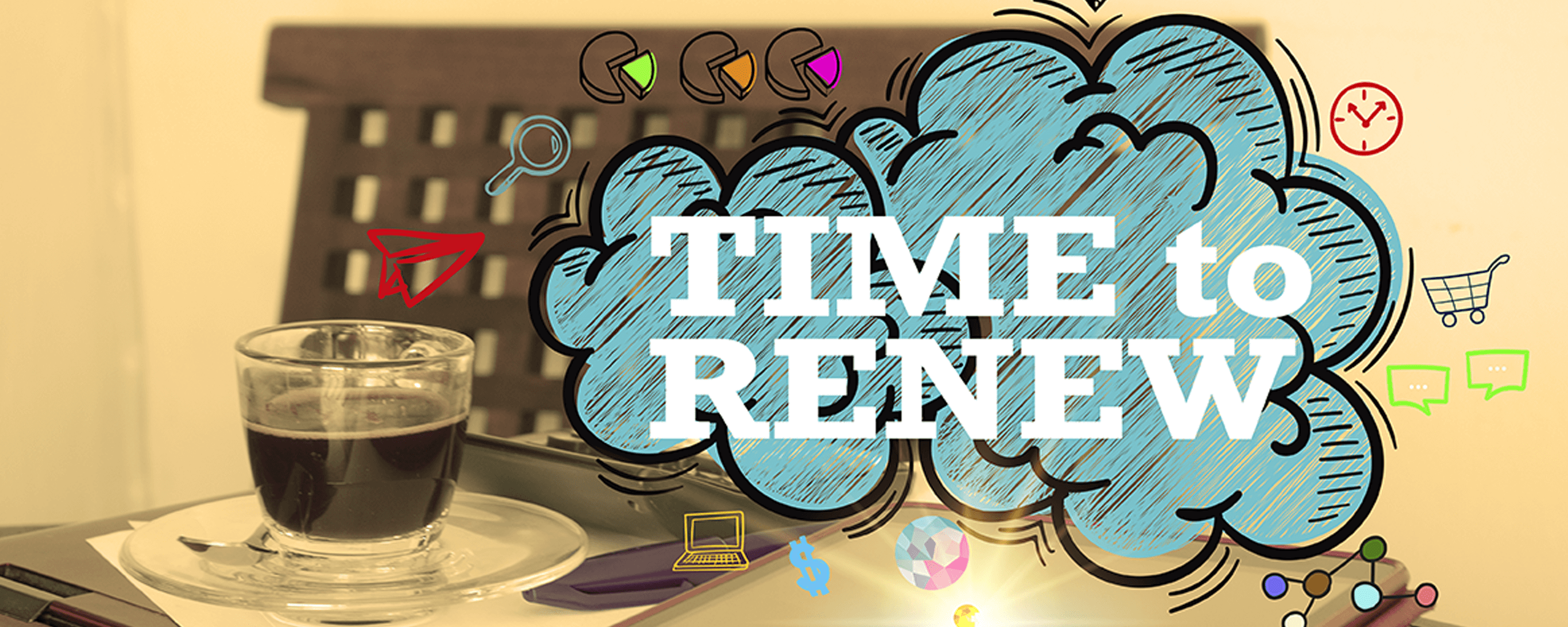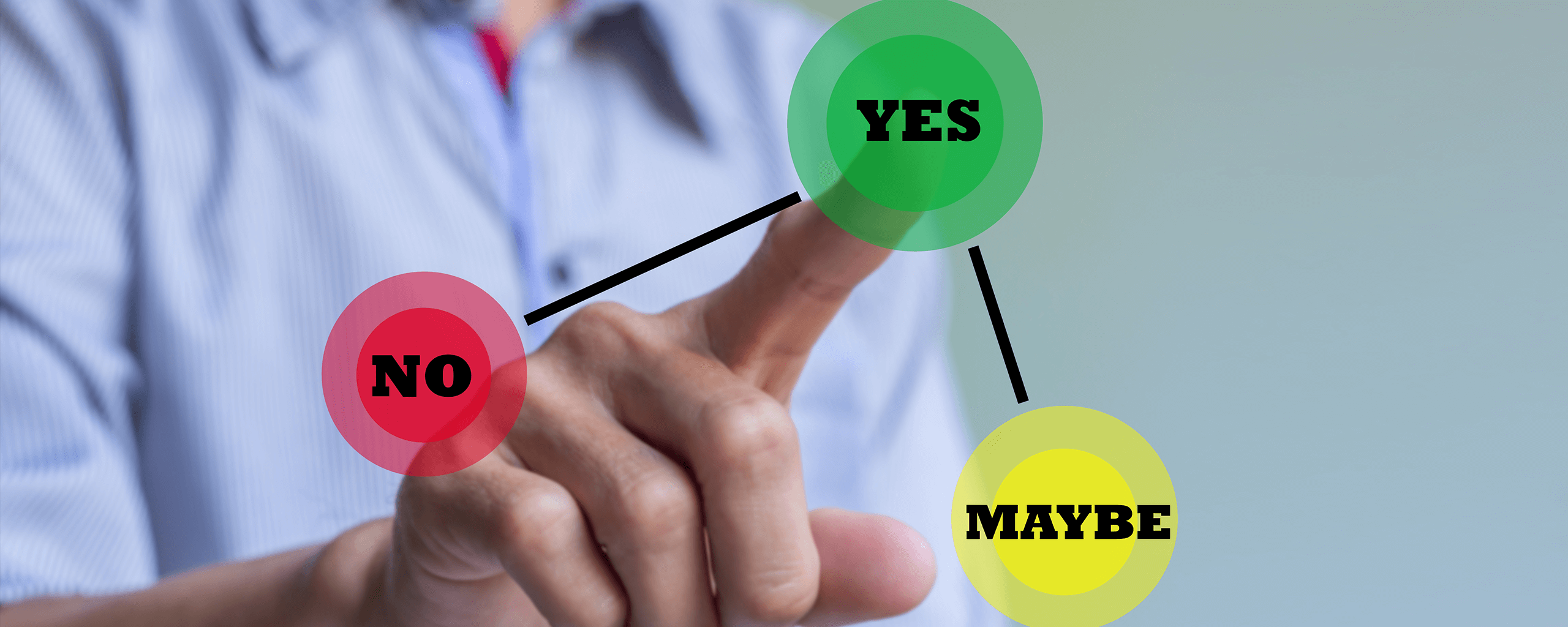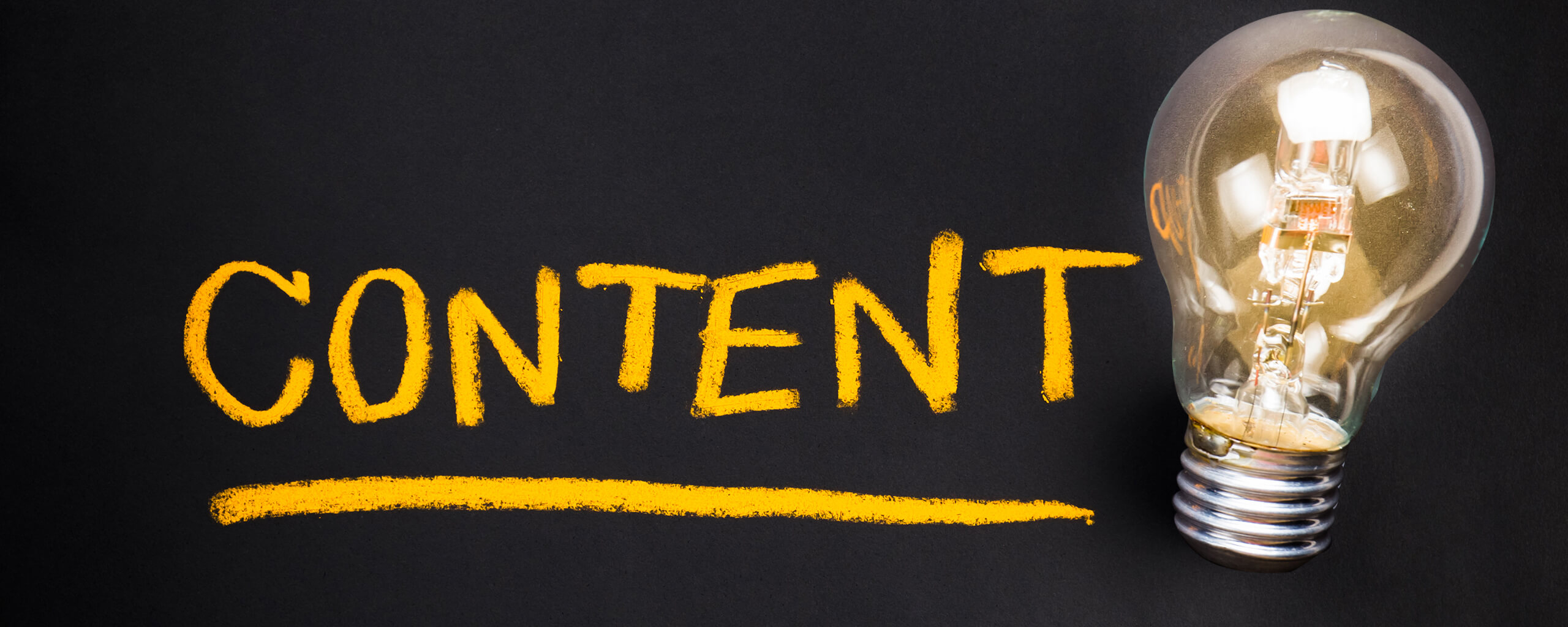
Growth Hacking using Content : The Customer Renewal Stage
Growth Hacking using Content: The Customer Renewal Stage
Startups need momentum, to show a growing customer base. A growing customer base requires a customer’s loyalty. How can startups generate loyalty?Loyalty is demonstrated through customer retention. You need existing customers to keep buying from you. Re-purchases includes:
- Customer renewals
- Additional purchases for a household or work unit
- Upgrades to more advanced products.
Building loyalty is a long game. But startups can actively foster loyalty. Let’s look at how content can support customer retention at the renewal stage.
Customer Psychology When Renewing
When customers need to renew, their perception of a brand at a critical juncture.
At the renewal stage, customers decide whether to continue paying for product or service. If they continue, they need to decide whether to continue with their current option, choose a cheaper option, or upgrade to a more expensive option. Unless a startup knows how solid their customer relationship is, it can run the risk of overselling or underselling options to customers.
When renewing, customers think about the past and the future. They will think about how much they’ve used a product. And wonder how much they’ll continue to use it.
Their assessment will be based on their experience, filtered through key incidents. They may remember a time when a product proved very useful, or a time when the product failed to live up to expectations. The most remembered occasions are surprises, good or bad.
Individual customers have different Customer Lifetime Values (CLV), based on how likely they are to renew and upgrade. Startups need to figure out which segments are most likely to renew. What features do they use? Who are they? Their profile might be different from the average profile of your buyers.
Through surveys and focus groups, startups can develop customer perception data to learn how customers understand the value of their product. With that knowledge, startups have an opportunity to develop and deliver content to reinforce the product’s value.
Understand why customers are likely to renew, or likely not to renew. Tailor renewal stage content to address any key factors influencing renewal. HIghlight a key benefit that customers find useful. If customers believe a problem with the product inhibits them from renewing, talk about any plans you have to address this issue.
Also, pay attention to the characteristics of customers most likely to renew. What is different about them? How can you improve your communication with them? These are opportunities for more personalized and targeted messaging that will make the customer feel valued.
How Startups Can Influence Customer Renewal
Startup investors and funders pay close attention to renewal metrics. It is good business sense to lavish attention on customers who could be ready to purchase again.
Customers may be needing to renew because:
- A contract is ending
- A major upgrade is happening, or
- The customer has used up the capacity they’ve purchased.
Customers need to know when it is time to purchase again or renew. The renewal phase can trigger a new marketing campaign. Unlike pre-purchase marketing campaigns, customers are receptive to messaging, since they already have a relationship with the company.
Startups will want to watch metrics such as:
- Renewal rates of a product (for fixed term products or services)
- Product upgrade rates
- Repurchase rate for products (purchase frequency in a given time period)
Churn occurs when customers don’t renew. The churn rate is the percentage of customers who don’t renew.
Sometimes customers defect to competitors. It’s important for startups to monitor their competitor’s features. Competitors may have introduced new features since the customer bought your product. This is important background information to know about when creating content relating to customer renewals.
Tactics for Content Supporting Customer Renewals
Your renewal content should get attention, and influence action. Customers need to feel some urgency.
Some keywords that can get customers attention include:
- Renew now and…
- Will soon expire
- Upgrade
- Limited offer
- Missed you (for lapsed customers)
In some cases, renewal will require more than a nudge. Getting action will require the content to build interest and address concerns.
Telling a customer “Don’t change!” isn’t very motivating. Instead, demonstrate that you value your customers by highlighting the value you give them. Content should reinforce the value of staying a customer, by using general themes such as:
- Recent features
- Options
- Value (efficiency, cost, and flexibility)
- Upcoming enhancements.
A special challenge is retaining customers between product releases. Customers may have lost their initial enthusiasm. They were expecting a feature that is not yet available. It’s important to keep customers informed about plans for future releases and build excitement about how future enhancements will deliver additional value.
Startups will want to highlight the customer’s investment in their product and convey what they might lose if they stop using the product. This might include relationships with other product users, access community of peer knowledge, product knowledge learned, and productivity realized.
In addition to being informative, renewal content needs to be persuasive. Content should convey points such as:
- The product keeps getting better
- The product is the best value available.
Content should offer proof points to back these claims.
Startups can also use content to influence customer behaviour.
Some startups, especially B2C ones, generate loyalty through loyalty programmes. These programmes can encourage the current use of products. And they can store value (such as credits) for future use.
Content can influence behaviour by prompting customers to take action. It can remind customers to do something, and praise customers for doing it. Such prompts can be effective at renewal time when encouraging customers to act by a certain date. They may receive a small benefit for their prompt action.
While most retention content will focus on individual customer motivations, some of it can also speak about the value of being a member of a customer community.
Content can highlight how other customers appreciate the product. For example, content could showcase the product’s popularity, such as the size of the customer base. Given the erratic performance of some startups, customers want assurance that your firm is solid and not going to leave them stranded in the future. Talking about your sizeable customer base is a great way to reinforce your commitment to customers.
Once you’ve successfully retained your customers, you’ll want them to deepen their commitment by becoming advocates of your product. We’ll look at content for referrals next.





No Comment